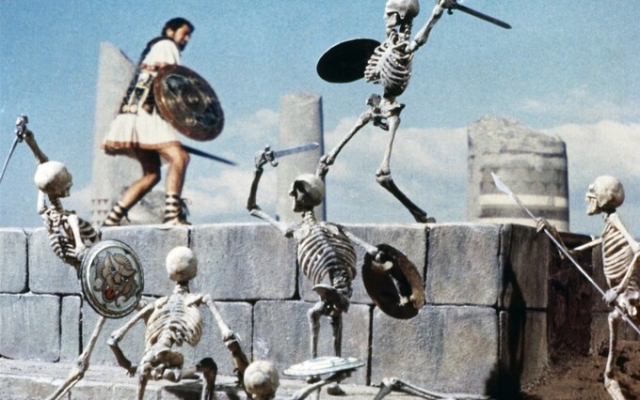 Jason and the Argonauts By Alamie
Jason and the Argonauts By Alamie
In 1992, Ray Harryhausen won the long awaited Academy Award, the Special Gordon E. Award Sawyer for technical achievement. Host Tom Hanks praised Harryhausen's contribution to cinema: «Some people say 'Casablanca' or 'Citizen Kane.' I say Jason and the Argonauts is the greatest film ever made.
These words sounded like a childhood mesmerized by the adventures of Harryhausen in stop-motion animation. Indeed, Jason and the Argonauts, now celebrating its 60th anniversary, is not only attacking through a small army of skeletons; it also takes you back to the time and place where you first saw it. Real movie magic.
Tom Hanks' praise was also ironic. Despite the now-classic film effects scenes—the skeleton sword fight, the massive menace of Talos, and the mighty Triton rising out of the sea to save the Argonauts from shattering rocks—it was snubbed by the Academy on its first release. “Some members of the Academy tell me that there was nothing extraordinary about my film then,” Harryhausen wrote in 2003. “But how could this be, if nothing like this had been done for the screen at the time?” Harryhausen certainly understood the film's place in its innovative pantheon of dinosaurs, monsters and mythological creatures. If someone says «a Ray Harryhausen movie», you will almost certainly think of Jason's skeleton battle against the Argonauts, an extremely complex sequence that took more than four months to create.
“He came to an understanding. that the skeletons were his mascots,” says Connor Heaney of Ray & Diana Harryhausen Foundation. «He described skeletons as his best friends in terms of his career.»
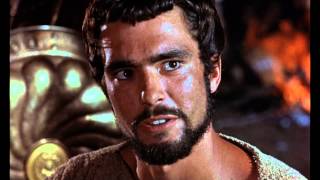
After his retirement in 1981, Harryhausen took one of the skeletons with him when he traveled to negotiations and conventions. “He took one of Jason's skeletons and made a small coffin for him,” says his daughter Vanessa Harryhausen. “He used to take her to lectures with him and the audience went crazy. He took this coffin, opened the lid and put it on the table — people liked it. ”
The Ray & The Diana Harryhausen Foundation, founded in 1986, is the second largest animation archive (after the Walt Disney Company) and contains many of Harryhausen's models, tools and artwork, including skeletons.
For Harryhausen, who passed away in 2013, Jason and the Argonauts was the fulfillment of a long-standing desire to bring Greek mythology to the big screen. He studied mythology at school, but admitted that he was not interested in it until years later when he realized their visual potential. Harryhausen's biggest inspiration as a child is known to have been the original King Kong. According to Vanessa, this caused him «total madness» — a desire to know how and why animation is created. scenes of the battle of the Argonauts on the spot. Photo: Ray and Diane Harryhausen Foundation
Harryhausen noted that other mythological adventures, such as sword and sandal, Italian-made Hercules films, did not feature monsters. “[They] concentrated on heroes, heroines and villains, more or less ignoring creatures and the manipulative machinations of the gods,” Harryhausen wrote in a 2005 book of his work. “So I asked myself, what if we made a movie that featured creatures and gods and used humans to tie the story together? Thus Jason and the Argonauts were born.
The story—Jason's quest for the magical Golden Fleece—was the perfect fodder: an episodic story in which Jason, sailing the Argo with a party of heroes, must overcome a series of challenges and creatures, all ripe for the Harryhausen effects to work.
The success of The 7th Voyage of Sinbad, the first major animated film made in color, set Jason and the Argonauts in motion. As Connor Heaney points out, stop-motion films prior to The 7th Voyage of Sinbad tended to be variations on the «beast on the loose» theme, such as Harryhausen's The Beast from 20,000 Fathoms.
 'The skeletons were his best friends': the stars of Ray Harryhausen's Jason and the Argonauts. Credit: The Ray and Diane Harryhausen Foundation
'The skeletons were his best friends': the stars of Ray Harryhausen's Jason and the Argonauts. Credit: The Ray and Diane Harryhausen Foundation
Working with regular producer partner Charles H. Schneer, Harryhausen fleshed out ideas for Jason and the Argonauts. Initial notes included the skeletons and harpies that made it into the final film, as well as the griffin and Medusa. There were other teasing episodes that had to be discarded: Jason going to Mount Olympus in a fiery chariot, and traveling to Hades to fight the three-headed dog Cerberus. Harryhausen, by his own admission, never lost anything. The griffin later appeared in the 1973 film The Golden Voyage of Sinbad. Medusa and the two-headed wolf appeared in the 1981 film Clash of the Titans.
American actor Todd Armstrong will play Jason, with Honor Blackman as the goddess Hera and Niall McGinnis as Zeus, the grouchy lump of the deity. . However, Harryhausen's creations take center stage. Similarly, although the film was directed by Don Chaffee and written by Ian Reed and Beverly Cross, there is no doubt that Jason and the Argonauts is in many ways a Ray Harryhausen film.
Harryhausen liked to hire former art directors, including Chaffee, because they had a technical understanding of his effects work. “Making this kind of movie is not like making a regular movie,” Harryhausen says in the DVD commentary. «This is not a director's picture.» He was also especially about music. «Jason and the Argonauts» sounds to the music of Bernard Herrmann, author of the famous «Psycho» theme.
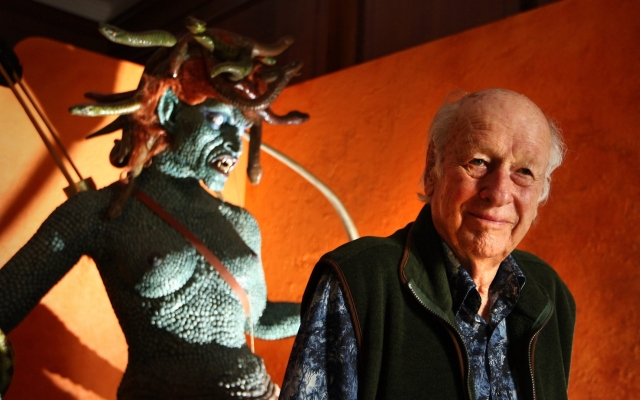 2010 Photo: Getty
2010 Photo: Getty
Harryhausen played with Greek myths, creating the image of mythical creatures from his own imagination, changing history and borrowing fragments from other tales. For example, the many-headed hydra guarding the Golden Fleece was called as a result of the exploits of Hercules. The film's new inventions would anger some scientists. “At the time, Ray was criticized for cannibalizing mythology or cutting it down to fit the length of the film,” says Connor Heaney. «Now that we're at events, there's a generation of classicists and paleologists who have become familiar with their field through Ray's films.»
Some elements had to be changed to be comfortable for the whole family. «The ancient Greeks obviously enjoyed blood and sex, and we weren't in the horror or porn business,» wrote Harryhausen.
One of the big changes is the statue of Talos coming to life. In one version of the original myth, Talos is a huge bronze figure that steps into the fire and then hugs the sailors to burn them alive — too much for a PG adventure. Harryhausen based his Talos on the Colossus of Rhodes, a 100-foot statue (and one of the seven wonders of the world) that once guarded the Greek island.
 Vanessa Harryhausen with her father's creations
Vanessa Harryhausen with her father's creations
While Jason and the Argonauts is best remembered for the battle of the skeletons, Talos is the most overbearing and unnerving monster in the film. In the movie, the statue is awakened when Hylas (John Cairney) and Hercules (the hairy-chested Nigel Green) steal a brooch pin from a treasure chest — like a pair of naughty kids breaking the rules at Willy Wonka's chocolate factory. There is a moment of genuine horror as Talos springs to life — his head turns to look at our heroes begging for trouble, face still frighteningly blank. «It's noise!» laughs Vanessa about the sequence. Indeed, during the movement of the bronze giant, a crisp, nerve-wracking screech is heard.
Harryhausen described how the episode presented a new challenge. “It seems ironic that for most of my career I have tried to perfect smooth and realistic animation action,” he wrote, “but for Talos, it was necessary to create a deliberately rigid and mechanical mechanism in accordance with the spring-loaded bronze statue. to life.
When Talos is killed — the cork is removed from his heel, which causes ichor to flow out of him — this is a semi-tragedy. Talos grabs his throat. “You really sympathize with him,” Vanessa says. It's an incredible effect considering Talos is completely expressionless. Harryhausen would say that he acted through his creations. Vanessa says she recognizes her father's movements and mannerisms on screen. «He created a lot of poses and characters,» she says.
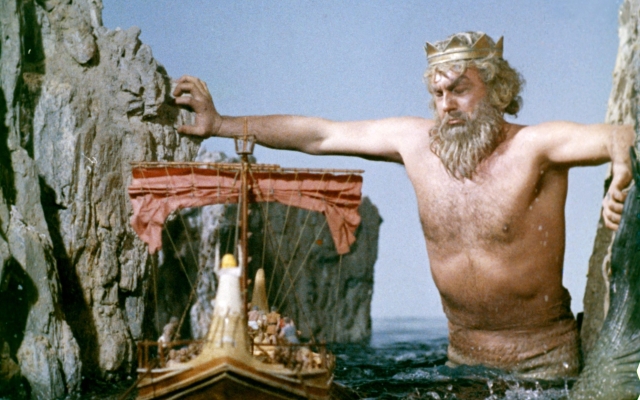 Triton saves the day in Jason and the Argonauts. Credit: Alami
Triton saves the day in Jason and the Argonauts. Credit: Alami
Another serious test was the Hydra, which Harryhausen, without making it easy for himself, gave seven heads. Unlike the version in the Hercules myth, this Hydra's heads do not grow back when cut off. Being and so was complex enough. «Many times I regretted even thinking about Hydra for the film,» he later said. Always working alone, Harryhausen had to memorize certain movements of all seven heads, bringing them to life. He couldn't answer the phone — otherwise he would have forgotten which head was moving in which direction. “No one asked Ray to make things so complicated,” Heaney says. «He set his own standard of excellence.»
For the battle of the skeletons, Harryhausen set himself a similar task. The 7th Voyage of Sinbad had a one-on-one skeleton fight (this skeleton was actually repurposed for Jason), but now it had three men fighting seven skeletons. The actors had to do what Harryhausen called «a form of shadow boxing» — pretend to fight invisible monsters with precise movements, so that skeletons from stop-motion animation could then be added. “We have photos of the actors with numbers on their backs so he can coordinate them with the animation,” says Vanessa. Harryhausen used his staged drawings to guide the actors.
The comedic threat skeletons were 8-10 inches tall and each had five appendages. “That meant at least 35 animation moves, each in sync with the movements of the actors,” wrote Harryhausen. “Some days I produced less than one second of screen time; in the end, the entire sequence took a record-breaking four and a half months.”
“He was always pushing the boundaries of what was possible,” says Heaney. «What he did with Jason was take the things he had done before and do them multiplied by seven — literally with a skeletal sequence.»
Looking at it now, it's interesting to imagine the audience's reaction when these skeletons first rose from the ground in 1963. It's certainly old-fashioned, but it's completely timeless — and thus CGI will never be.
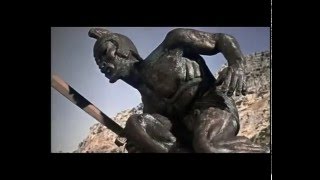
Harryhausen recalled that they couldn't figure out how to kill the skeletons, so he had Jason jump off a cliff and swim to safety, prompting the skeletons to follow him and crash into the sea. “After filming the stuntman jumping into the sea, props threw seven plaster skeletons off a cliff, which had to be done right on the first take as we couldn’t get them back,” wrote Harryhausen. «To this day, somewhere in the sea near that hotel, on the edge of a cliff, lie the plaster bones of seven skeletons.»
Released on June 19, 1963, Jason and the Argonauts was a disappointment at the US box office. Harryhausen attributed this to audiences being unfamiliar with Greek myths and to fatigue with Italian sword and sandal paintings—what Harryhausen called «spaghetti mythology». But the British recognize a classic when we see it. Jason and the Argonauts was one of the highest grossing films of the year in the UK. However, it took almost 20 years for Harryhausen to return to Greek mythology. Clash of the Titans, released in 1981, was Harryhausen's last film, a more budget-friendly follow-up to Jason and the Argonauts.
If Harryhausen's films are a kind of magic, then he was a kind of magician — at one time he was reluctant to pull back the veil and reveal his secrets. “He was always asked: “How did you do it? How did you do that?” says Vanessa, who celebrates her father and his work in a 2020 book, appropriately titled Ray Harryhausen: Movie Titan. “In the beginning he was very reserved in that regard, in the early days he said, ‘If I tell you everything, it won’t be a surprise’… as soon as CGI and all that came along, he had to let loose.
There is a precious purity in the films of Ray Harryhausen. This is captured by Jason himself. Harryhausen didn't like the trend towards anti-heroes, he preferred classic, real heroes. Which is fitting, since Tom Hanks is not alone in his reverence for Ray Harryhausen. George Lucas, Peter Jackson, Guillermo del Toro, Tim Burton, John Landis and Steven Spielberg are among the directors who have credited Harryhausen's influence. As Harryhausen himself said: “We all need heroes.”
The 60th Anniversary Screening of Jason and the Argonauts and the Ray Harryhausen Awards will take place on June 29th at the Cameo Cinema in Edinburgh.
>







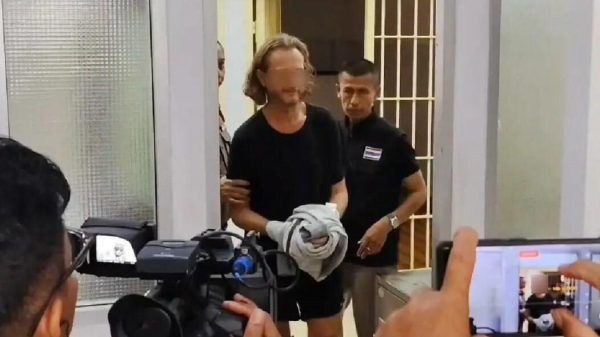
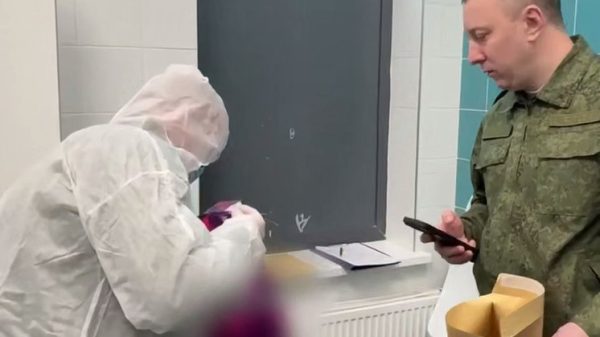
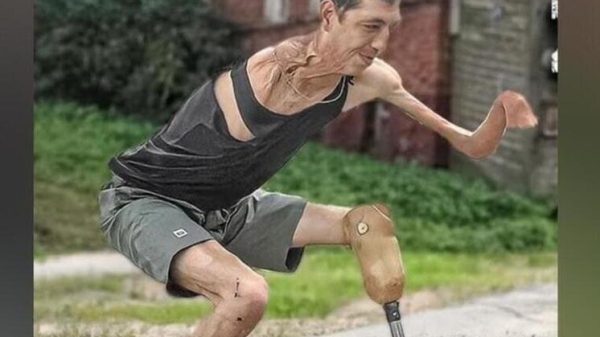
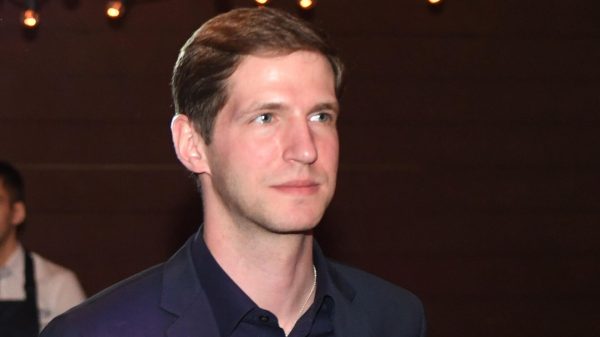



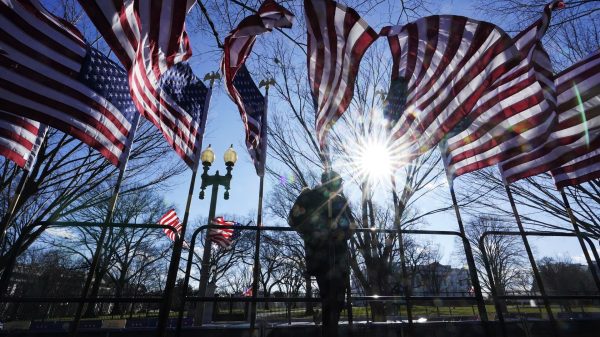




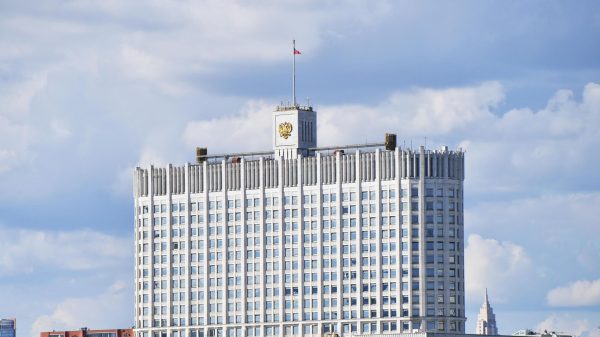
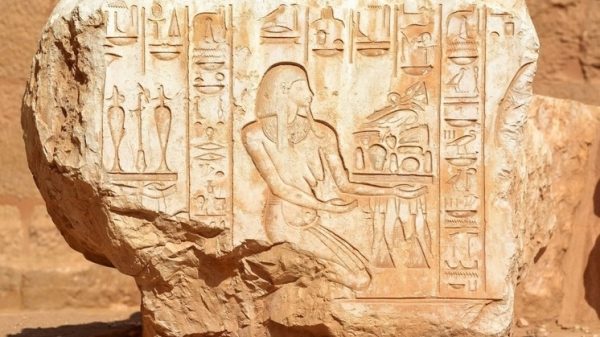








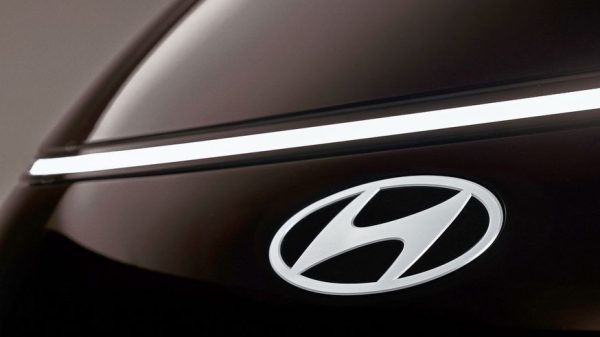



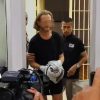












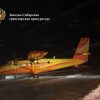





Свежие комментарии